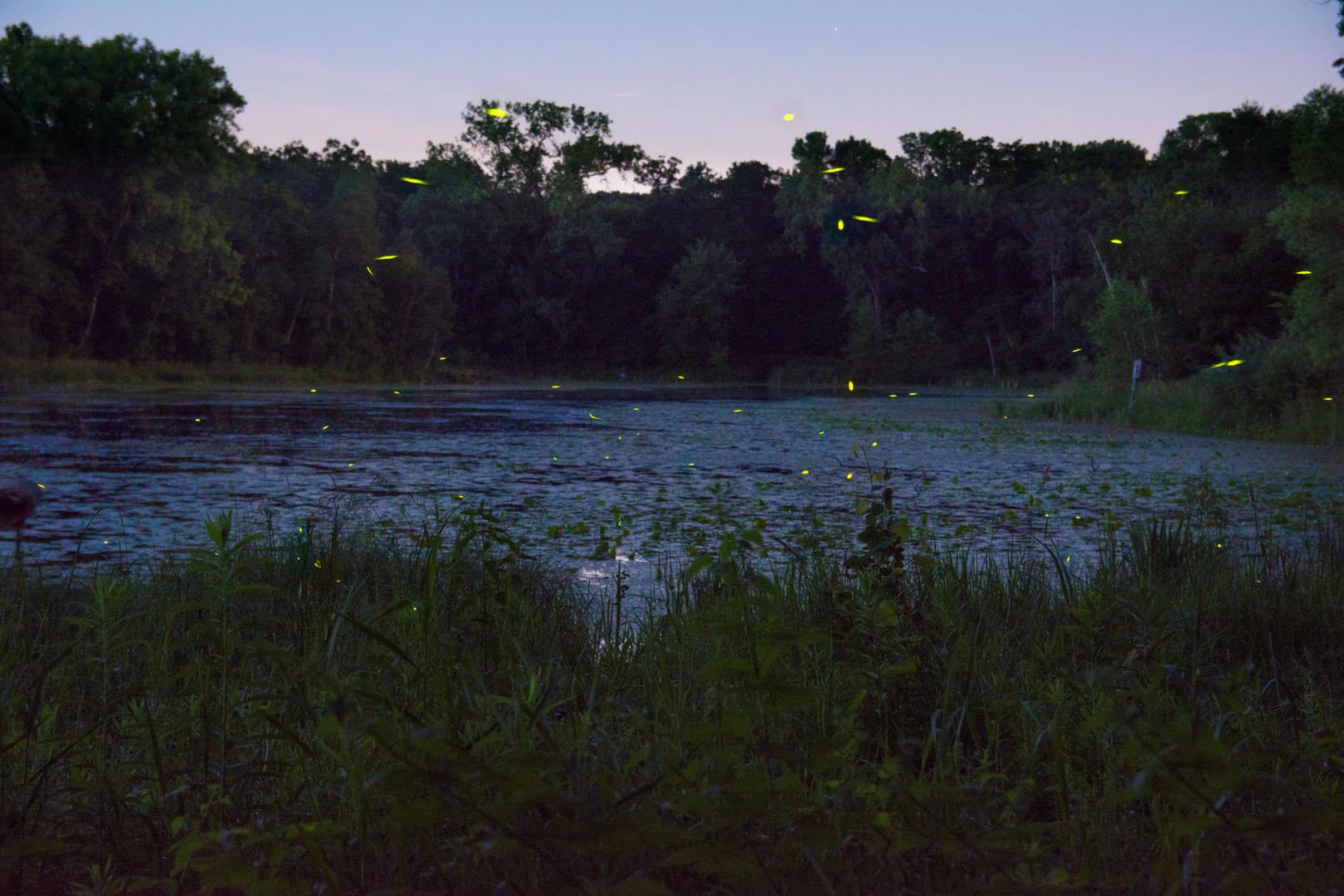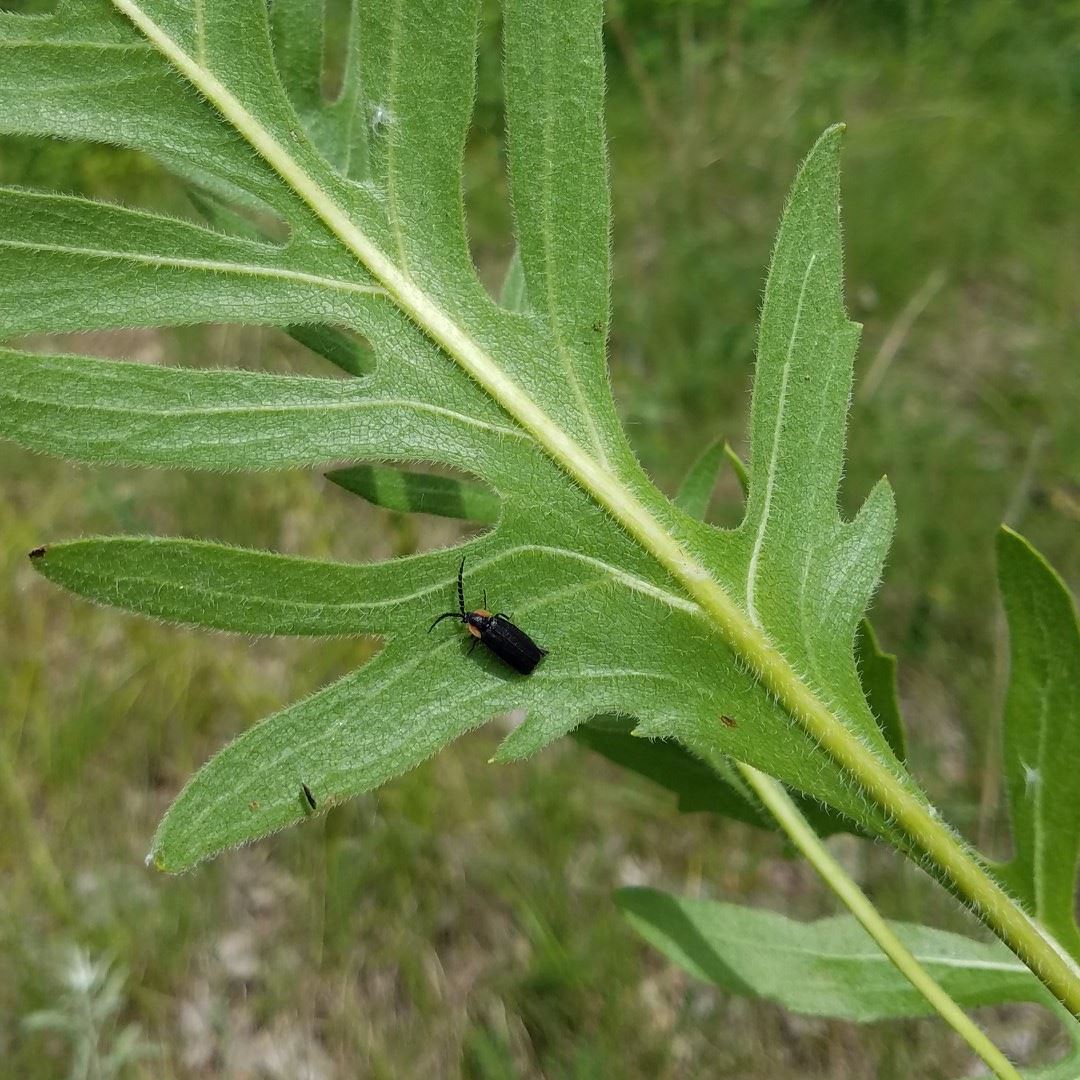by Louise Segreto and Paul Erdmann
Watching fireworks on the 4th of July seems as American as apple pie. It’s a tradition shared by countless millions across the United States. Debating about where to go each year to view a nearby fireworks display to celebrate the Holiday has been my family tradition for years. Perhaps it was our 125 lb., 10-year-old, beloved Newfoundland dog who is reduced to an anxious shivering wreck when the explosions begin, or maybe it was reading about people suffering from PTSD who are similarly triggered by the loud noises and smells of detonated explosives, but this year I came to think about our fireworks tradition more critically.
Lately, I have been giving a lot of thought to my own environmental ethics and how we share our earth with other living creatures. Can you just imagine how a mother bird in a nest of baby birds or other creatures that live near a fireworks display area are affected? There is some science that you can read online about how fireworks are extremely disruptive to birds and wildlife. However, there is really not enough of science to argue the issue. And, please understand that my goal is not to advocate a ban on what some will argue is our patriotic right to celebrate the Holiday as we always have. My hope is only to raise awareness and share a personal story:
It is a few minutes past 10 PM on July 4th and my daughter and I decide to hike up the ski hill at Hyland Hills Ski Area in Bloomington. From the top of where the chairlift drops skiers and snowboarders in winter, there is a panoramic view of the Southdale Area clear to the Mississippi River. We search in the darkness for the narrow-trodden path through the long grass leading to the top. The night is muggy and still, perfect for the voracious mosquitos and gnats to swarm us despite the DEET that I slathered on before I left home. With my eyes trained on the horizon, I am thrilled to see the sky lit up with brilliant light explosions from the Stone Arch Bridge in Minneapolis, Edina’s Southdale Show, Richfield and other communities south along the Mississippi River. I can feel the thump, bang and whistle from miles away.
Looking down to swat a biting bug on my leg, I notice that we are surrounded by thousands of fireflies creating their own private light show. It is a magical and spectacular sight!
Also known as lightning bugs or glowworms, fireflies’ tails contain chemicals and enzymes that, when mixed with oxygen, allow them to glow (bioluminescence). Minnesota fireflies are most often yellow, but in other parts of the country and world you may see green, orange, or blue fireflies. Fireflies start displaying their light show in late May and peak in late June and early July.
Fireflies communicate with their light display. Males fly and flash to find females, who are usually sitting on vegetation signaling males that they like with their own display. They also emit light to defend territories and to say to predators “don’t eat me, I taste bad.”
Populations of fireflies are decreasing due to habitat loss and increased light pollution. Here are a few tips to help fireflies and other insects:
- Keep your yard dark by turning off exterior and garden lights and closing the blinds at night, making it easier for them to find one another to mate.
- Plant native trees, shrubs, grasses, and flowers to provide habitat fireflies love.
- Leave some space for nature. Let some logs, leaves, and tree debris accumulate. Firefly larvae grow up in rotten logs and leaf litter (they glow too!)
- Avoid using pesticides and lawn chemicals. Good for wildlife and water quality.
As we approach the 4th of July, keep your eyes out at night for nature’s fireworks. You can find them on the edge of woods and marshy areas. Hyland Park is a great spot. Quietly blinking in the night with a rhythm only lightning bugs can understand, they steal the show. Their natural light show reminds me that subtle and quiet displays of beauty can far surpass what we are taught to enjoy. We stand in awe of the power of nature and its resilience to continue its fight for survival despite awful odds.
Learn more at http://www.xerces.org/endangered-species/fireflies
and https://www.firefly.org/
Photos: Fireflies over East Bay Pond by Paul Raymaker
Adult Firefly on Compass Plant by Paul Erdmann